When faced with increasing production costs, manufacturers may be tempted to save money by buying low-cost, unbranded, or white-label printer inks and consumables marketed as ‘compatible’ by third-party ink providers. Still, there are very good reasons why this should be avoided.
Sidebar
Knowledge base
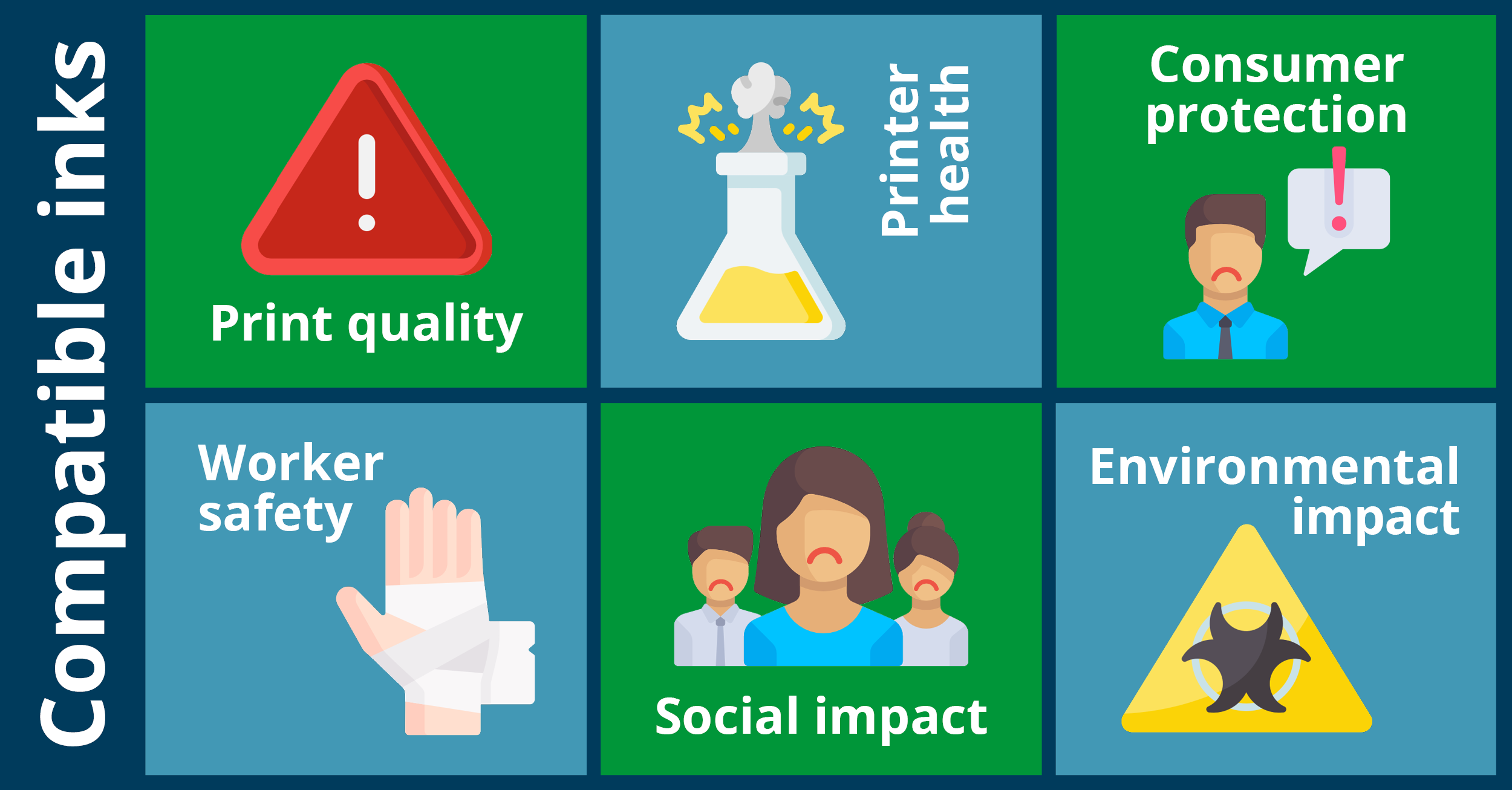
Eliminating and Capturing Printing Errors – Prevention vs Cure
The last few years have come with many business interruptions, including the global pandemic, supply chain problems, and a reduced workforce all causing havoc for businesses across the world. Unfortunately, these disruptions to normal business practices have driven some manufacturers to make compromises in order to meet deadlines and therefore resulted in production errors being identified at a late stage when the maximum cost has already been invested.

Pharmaceutical packaging: Safety is what counts
The demand for pharmaceutical products is increasing worldwide, with more and more medications being launched onto the market in ever shorter periods of time. Last year alone, turnover in the German pharmaceutical market – the largest in Europe and the fourth largest worldwide – was around 53.6 billion euros. According to Statista, the volume has more than doubled in the last fifteen years and almost 100 billion counting units, i.e. tablets, sachets, injections, etc., were sold at last count. They all have to be packaged hygienically and safely, meeting strict legal requirements. This places high demands on packaging materials, filling processes and packaging machines.
AWA publishes the first Sustainability Report on Label and Product Decoration Market.
As the label volumes continue to grow year on year, its growth prospects continue to become increasingly influenced by increasing consumer pressure in regard to environmental concerns, legislation, and industry guidelines for all level of global value chains.
Medium-sized packaging hit hardest by inflation as customers turn to bulk buying or premiumization to get more bang for their buck, says GlobalData
Products with medium-sized packaging will be hit the hardest by changes to consumer shopping amid rising inflation, says GlobalData, as the leading data and analytics company notes an emerging polarization in the market.
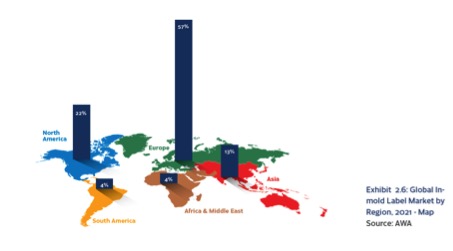
In-mold Label product decoration: The new 2022 AWA publication reports growth of the market
In-mold labeling is a technology that has a typical application in the decoration of rigid and semi-rigid container – usually for FMCG products. It exhibits the most complex structure of all label formats, involving close cooperation and integration of all the players along the value chain to achieve the desired levels of quality in product decoration.
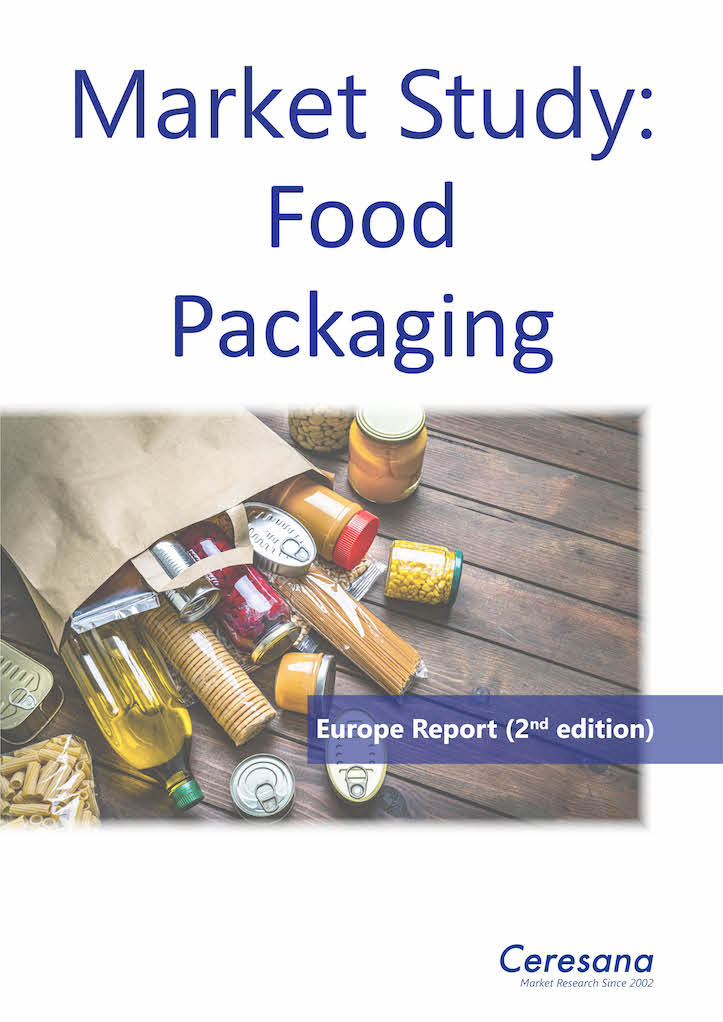
Fresh Figures: New Ceresana Report on the European Food Packaging Market
Defying the trend, food retail revenues increased in many countries during the pandemic, as restaurants were closed and consumers had plenty of time to cook for themselves.
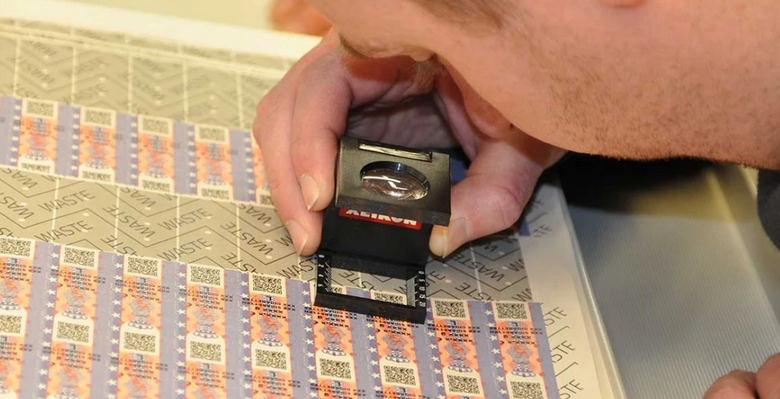
7 Pillars for security; commercial printing
Brand protection: Why is it so important?
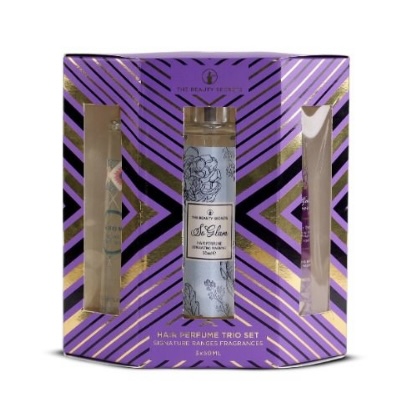
First impressions: which packaging details matter
First impressions are everything. While this statement is a very well-worn cliché, there’s a very good reason for that – it’s true! And it’s particularly accurate in the packaging industry.
Hydropol's effectiveness as an extrusion coating barrier for paper packaging
- Hydropol coated paper is 100% recyclable –
- Hydropol is non-toxic and marine safe when dissolved in water -
Label papers between growth and sustainability
Where is the label market headed? How can everyday products be labeled in a way that is resource-saving and environmentally friendly? These are the issues that Robert Gabriel-Jürgens, Head of Sales Label Papers at Sappi Europe, and Corey Michael Reardon, President, and CEO of AWA Alexander Watson Associates, will be discussing in the new episode of the Sappi Blue Couch series.









